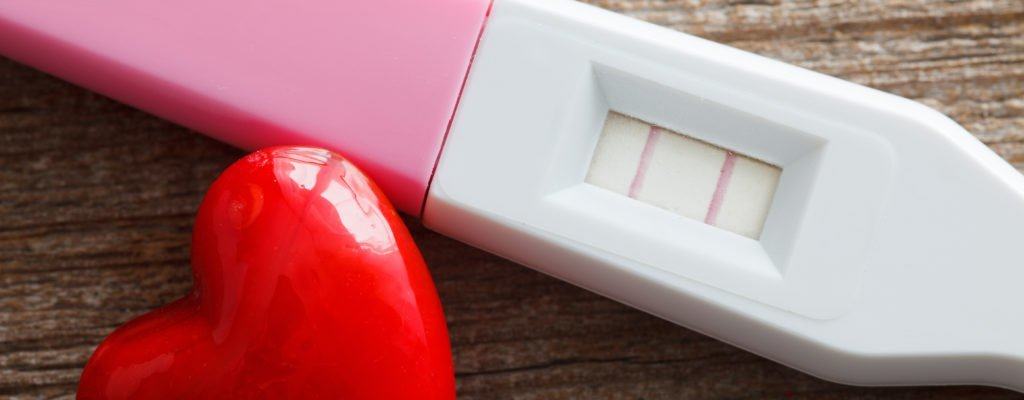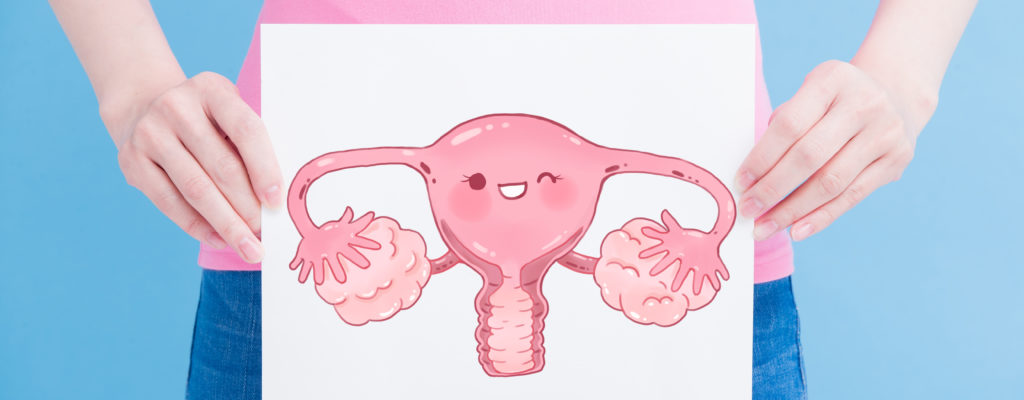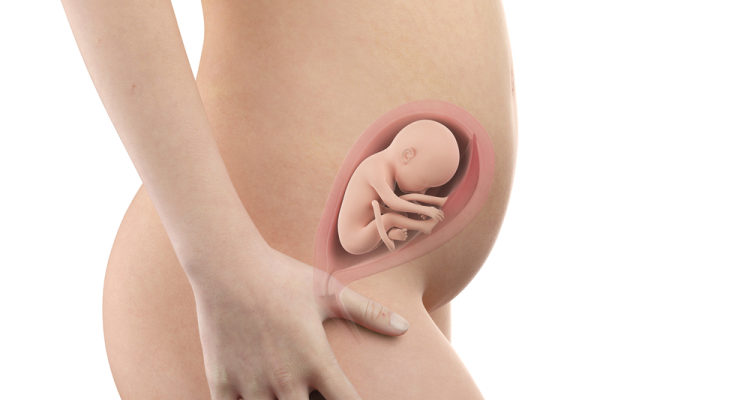Pregnancy is the period where women need to pay close attention to their own health. During this period, a number of unusual symptoms may appear in pregnant women, including bleeding from the vagina. This phenomenon can occur for many reasons, one of which is the bleeding under the membrane. This usually occurs during the first trimester of pregnancy.
Hemorrhage during pregnancy is not a rare phenomenon. However, you need to clearly understand the cause and location of bleeding to rule out any complications that may occur during pregnancy. One of the conditions that a pregnant woman (especially in the first trimester) can experience is hemorrhage or subglachial hematoma.
If you are worried about whether this bleeding will cause a serious impact on the health of both mother and baby, please join aFamilyToday Health to find out through the following article!
What is hemorrhage under the mattress?
A chorion is a membrane located outside the fetus, between the uterus and the placenta. If the placenta falls off the uterine wall, the lining forms an empty sac between the placenta and uterus. Movement during pregnancy can lead to bleeding and accumulation in the diaphragm. This is called subglachial hemorrhage or sub-membrane hematoma.
The size of the hematoma can be small or large. The usual small levels of bleeding are just blood spots , while the bleeding too much causes larger clots and you will see bleeding from the vagina. Usually, subglachial hemorrhage does not require medical intervention and you will remain healthy throughout your pregnancy.
Is hemorrhage under the membranes common?

This condition is usually detected through ultrasound, during the first trimester. About 25 out of 100 pregnant women experience vaginal bleeding during the first half month. Women who undergo in vitro fertilization are more prone to bleeding under the membranes than women who conceive normally.
How is hemorrhage under the membrane different from blood spots?
You should not confuse the appearance of blood spots with hemorrhage under the membrane and vice versa. When you only see blood as a few spots on your underwear, those are blood spots. However, subglachial bleeding can cause heavy bleeding along with blood spots, and you will need to use tampons daily. Hemorrhage under the lining can cause bleeding with severe abdominal pain and dizziness.
Spots usually appear in about 15–25% of pregnant women in the first trimester. Some of the possible causes of blood spots are:
Eggs implant in the uterus after fertilization
Enlargement of the uterus
Impact from having sex
Increase hormone levels
Problems in the cervix, including cervical polyps
Vaginal examination procedures
If you notice a lot of bleeding in the vagina and you must wear a tampon every day, it could be a sign of another problem, such as bleeding under the lining. Sometimes, vaginal bleeding is the first and only sign of this condition. In that case, an ultrasound will be performed to determine the cause of the bleeding.
Does hemorrhage under the membrane affect the fetus?
In most cases of sublingual hematoma, the body is able to process itself and recover. If bleeding occurs towards the end of the first or second trimester, partial removal of the placenta may be removed from the uterine wall. Large sub-choroid hematomas sometimes separate more than 40% of the placenta from the endometrium. They can then increase in size and put pressure on the developing fetal area, disrupting the fetal outer membrane leading to miscarriage.
Submachnoid hematoma, if it occurs below and on the edge of the placenta or behind a separate area of the fetal outer membrane, requires more careful monitoring. When the hematoma in the uterus is too large, it can limit fetal development as well as affect the health of the mother.
Risks and complications of sub-membrane hemorrhage
Most cases of mild subglachial hemorrhage will not cause harm to a pregnant woman. In some cases there are risks, especially if you have heavy bleeding:
The placenta is separated from the uterine wall, increasing the risk of preterm birth
Potential risk of miscarriage
May endanger the life of the fetus and mother
What should you do if you have a blepharoplasty?

If you have vaginal bleeding, see your doctor to be diagnosed with the cause of this condition and seek prompt treatment. If you have been diagnosed with a subcostal hematoma, follow the treatment instructions from your doctor to prevent the risk of miscarriage. Treatment options for this include progesterone or dydrogesterone.
If the sub-choroid hematoma is large, it is best to:
Lie resting in bed
Avoid standing for long periods of time
Avoid having sex
Avoid vigorous exercise or exercise.
When should I see a doctor?
Sometimes the bleeding is only mild symptoms and is often ignored. However, you should see an obstetrician every 2 weeks in the first three months of pregnancy to be examined and diagnosed in time. If you notice bleeding from the vagina or blood spots on your underwear, ask your doctor for immediate check and treatment instructions.
Remember, in some cases severe bleeding can endanger the life of the fetus if not diagnosed promptly. Any bleeding during pregnancy requires consultation from a gynecologist. Besides, when diagnosed with hemorrhage under the membrane, pregnant mothers should follow the advice of a doctor to prevent the risk of miscarriage.













